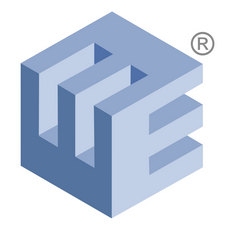Finish
Diecasting parts often require surface finish to protect from oxidation or to obtain better outlook. The most common surface treatment processes utilized for diecasting parts are shown below. Evercast do not run our own surface finish shop in house. All the surface treatments are outsourced to qualified contract manufacturers. With our serious IQC inspection and tests performed in house, Evercast are fully capable of managing the quality of all incoming finished piece parts. All records are well maintained and reserved for immediate review or tracing purpose.
For zinc alloy die casting, electrolytic plating is the most common and one of the lowest cost surface finish processes. It is usually performed in two major types of processes, barrel plating and rack plating.
Barrel plating is a method of electroplating or electroless plating that involves placing multiple small parts or components inside a rotating barrel or drum-like container, which is then immersed in a plating solution. This process is commonly used for small, discrete objects that need to be coated or plated evenly and efficiently. Barrel plating is especially popular in industries like electronics, jewelry, automotive, and fasteners manufacturing.
Rack plating is a method of electroplating or electroless plating that involves suspending individual parts or components from racks or frames, which are then immersed in a plating solution. This process is commonly used for larger or more complex parts that require precision control over the plating process or for parts that should not come into contact with each other during plating. Rack plating is widely used in industries such as automotive, aerospace, electronics, and general metal finishing.
For aluminum die casting,
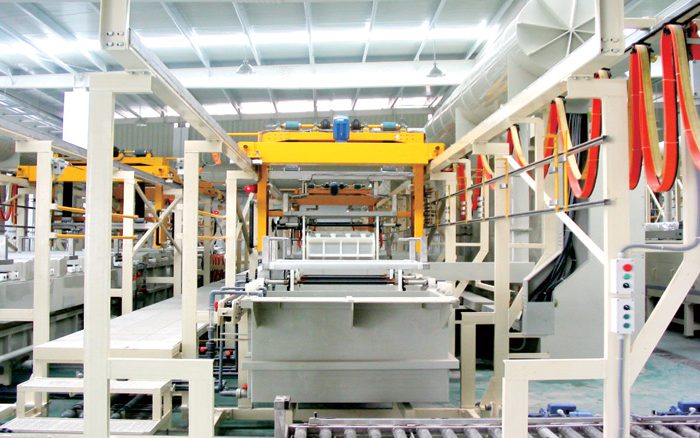
Electrolytic Plating
Electrolytic plating, also known as electroplating, is a process used to deposit a thin layer of one metal onto the surface of another metal or a non-metallic object. This process is commonly used for improving corrosion resistance, enhancing electrical conductivity, creating decorative finishes (e.g., chrome plating on car bumpers), and providing solderability to electronic components. The choice of plating material and process parameters depends on the specific application and desired properties of the finished product.

Electroless Plating
Electroless plating, also known as autocatalytic plating or chemical plating, is a process used to deposit a metal or alloy onto a substrate without the need for an external electrical current. Unlike traditional electrolytic plating, which relies on the application of electricity to drive the deposition of metal ions onto a substrate, electroless plating is a chemical process that occurs spontaneously under controlled conditions. This process has several advantages, including the ability to coat complex shapes and non-conductive materials uniformly.
Electroless plating is used in a variety of applications, including the electronics industry (e.g., to metallize non-conductive substrates for printed circuit boards), automotive industry (e.g., for corrosion protection and decorative finishes), and in the aerospace industry. It is particularly useful for coating materials that cannot be easily electroplated due to their non-conductive nature or complex shapes.
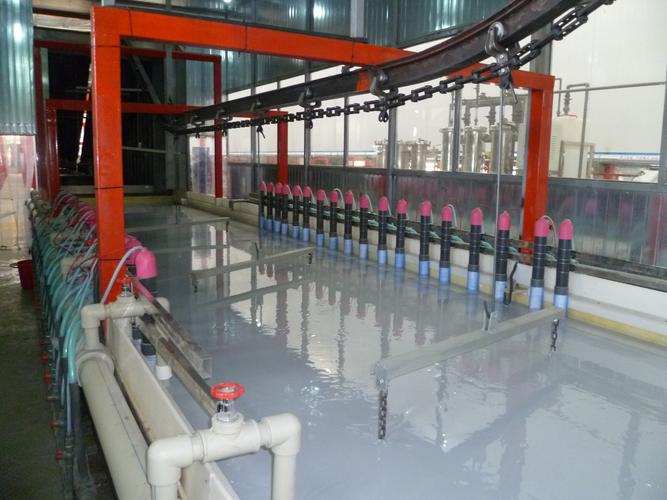
Electrophoretic Deposition
Electrophoretic deposition (EPD) is a widely used industrial process for depositing a variety of materials, including ceramics, polymers, and nanoparticles, onto a conductive substrate. It relies on the principles of electrophoresis, which involves the movement of charged particles in a suspension in response to an applied electric field.
EPD is commonly used in industries such as automotive, electronics, and coatings for its ability to create uniform and adherent coatings on complex-shaped objects. EPD is widely used for applications such as corrosion protection, decorative finishes, anti-reflective coatings on glass, and the production of ceramic and composite materials for various industries. The specific properties of the deposited material can be tailored by adjusting parameters like the suspension composition, voltage, and deposition time.
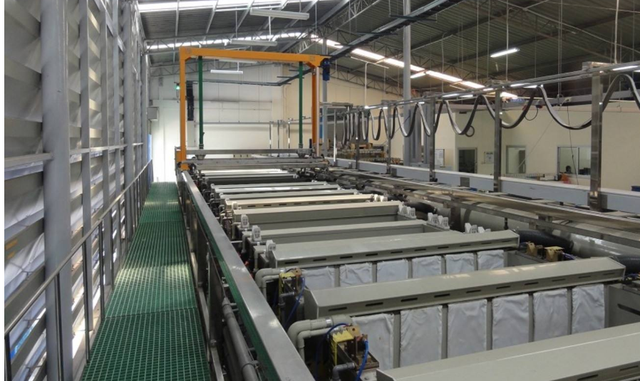
Anodizing
Anodizing is an electrochemical process used to enhance the surface properties of metals, primarily aluminum and its alloys. The process involves the formation of a controlled, oxide layer on the metal’s surface. Anodizing serves several purposes, including improving corrosion resistance, enhancing aesthetics, and providing a base for subsequent surface treatments like painting or adhesion of other coatings.
Anodized aluminum is commonly used in various industries, such as automotive, construction, aerospace, and electronics, for applications ranging from architectural facades and window frames to electronics housings and automotive trim.
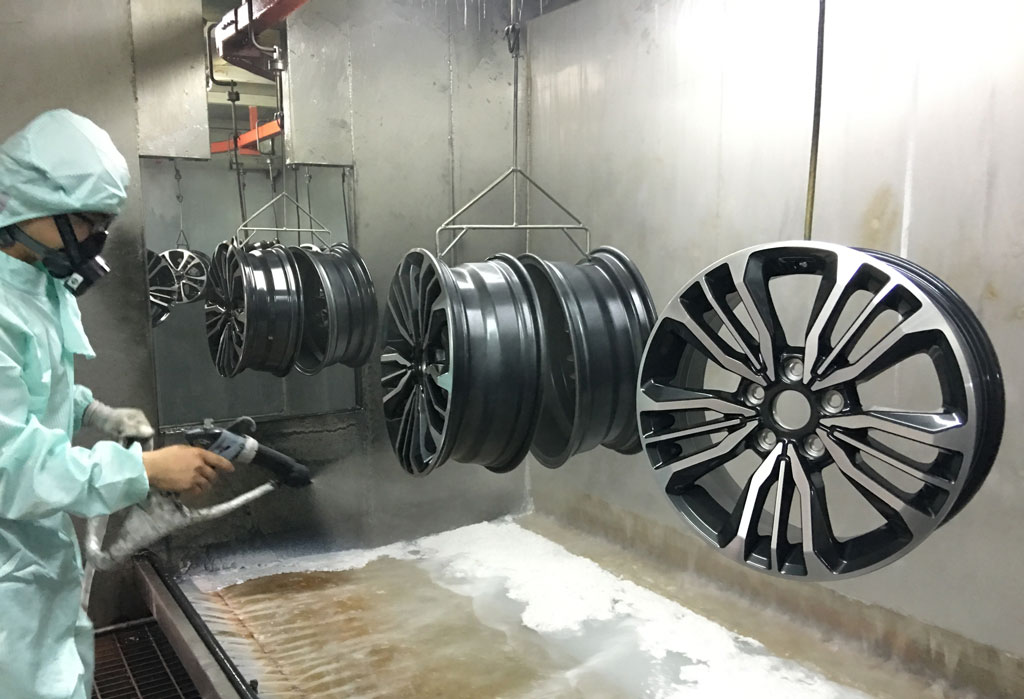
Liquid Coating
Liquid coating, also known as wet coating or liquid paint application, is a process used to apply a liquid coating material onto the surface of an object or substrate for various purposes, including protection, decoration, or functional enhancements. Liquid coatings are widely used in industries such as automotive, aerospace, construction, furniture, and industrial equipment.
Liquid coatings offer versatility in terms of color options and finishes, making them suitable for a wide range of applications. They provide protection against corrosion, UV radiation, and environmental factors, while also allowing for decorative and aesthetic choices. Proper surface preparation, application techniques, and curing processes are critical for achieving durable and high-quality liquid-coated surfaces.
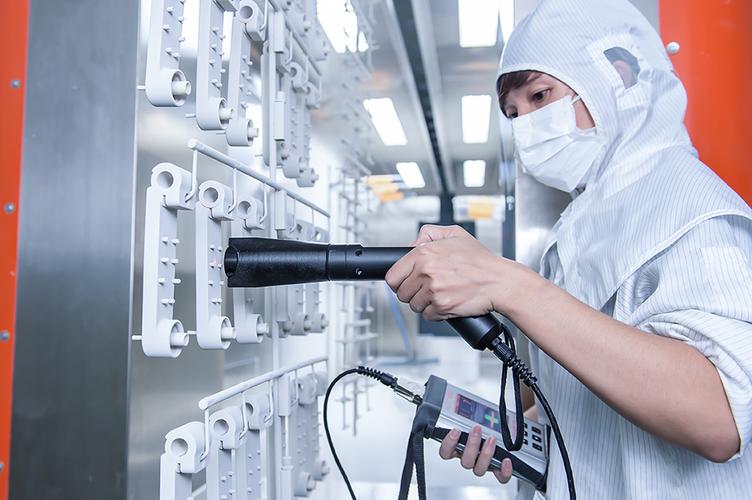
Powder Coating
Powder coating is a dry finishing process used to apply a protective and decorative coating to a wide range of metal and non-metal surfaces. It is a popular method in various industries, including automotive, construction, appliances, and furniture manufacturing. Unlike liquid coatings, powder coating does not involve solvents, making it an environmentally friendly and efficient coating technique.
Powder coating offers several advantages, including:
Durability: Powder coatings are highly resistant to chipping, cracking, and peeling.
Environmentally Friendly: They produce minimal waste and contain no volatile organic compounds (VOCs).
Versatility: Powder coatings are available in a wide range of colors and finishes.
Uniform Coating: Electrostatic attraction ensures even and consistent coverage. Corrosion Resistance: Powder coatings provide excellent protection against corrosion.
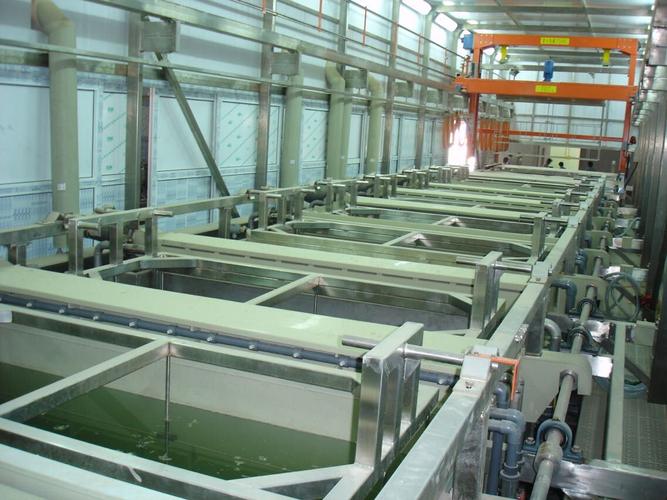
Chemical Conversion Coating
Chemical conversion coating, also known as chem-film or chemical film, is a surface treatment process used to protect and improve the corrosion resistance of metal substrates, particularly aluminum and its alloys. This process involves the chemical reaction between the metal surface and a chemical solution, such as chromates, phosphates, or other proprietary compounds, resulting in the formation of a thin, protective coating.
Chemical conversion coatings are commonly used in various industries, including aerospace, automotive, electronics, and construction.
